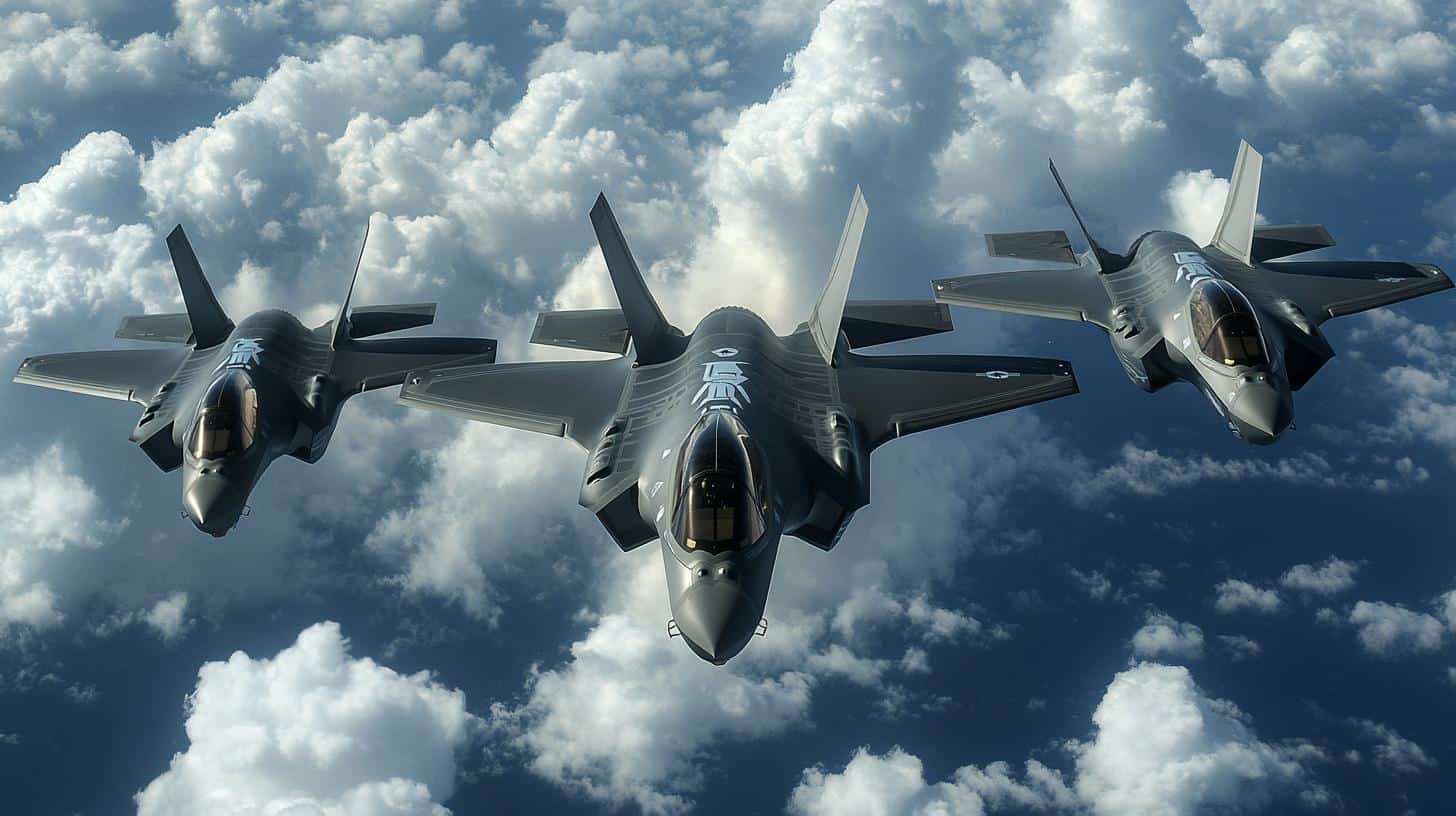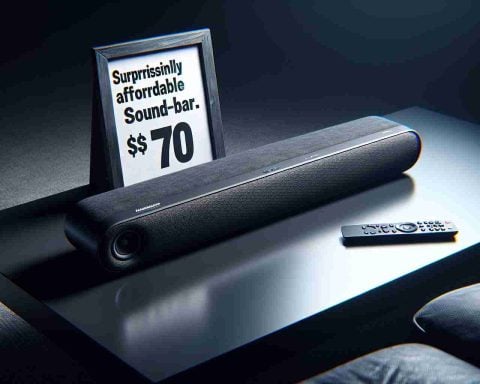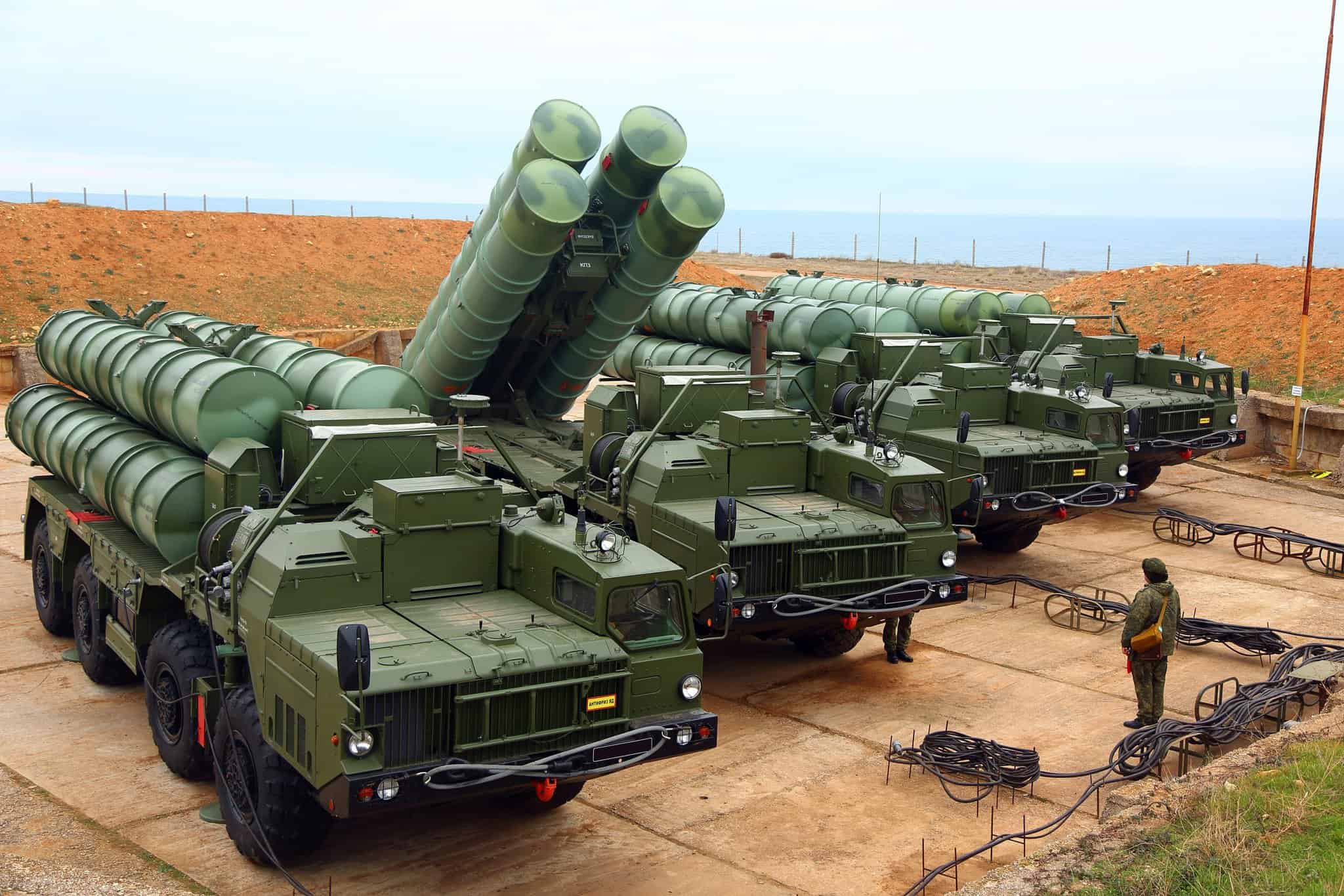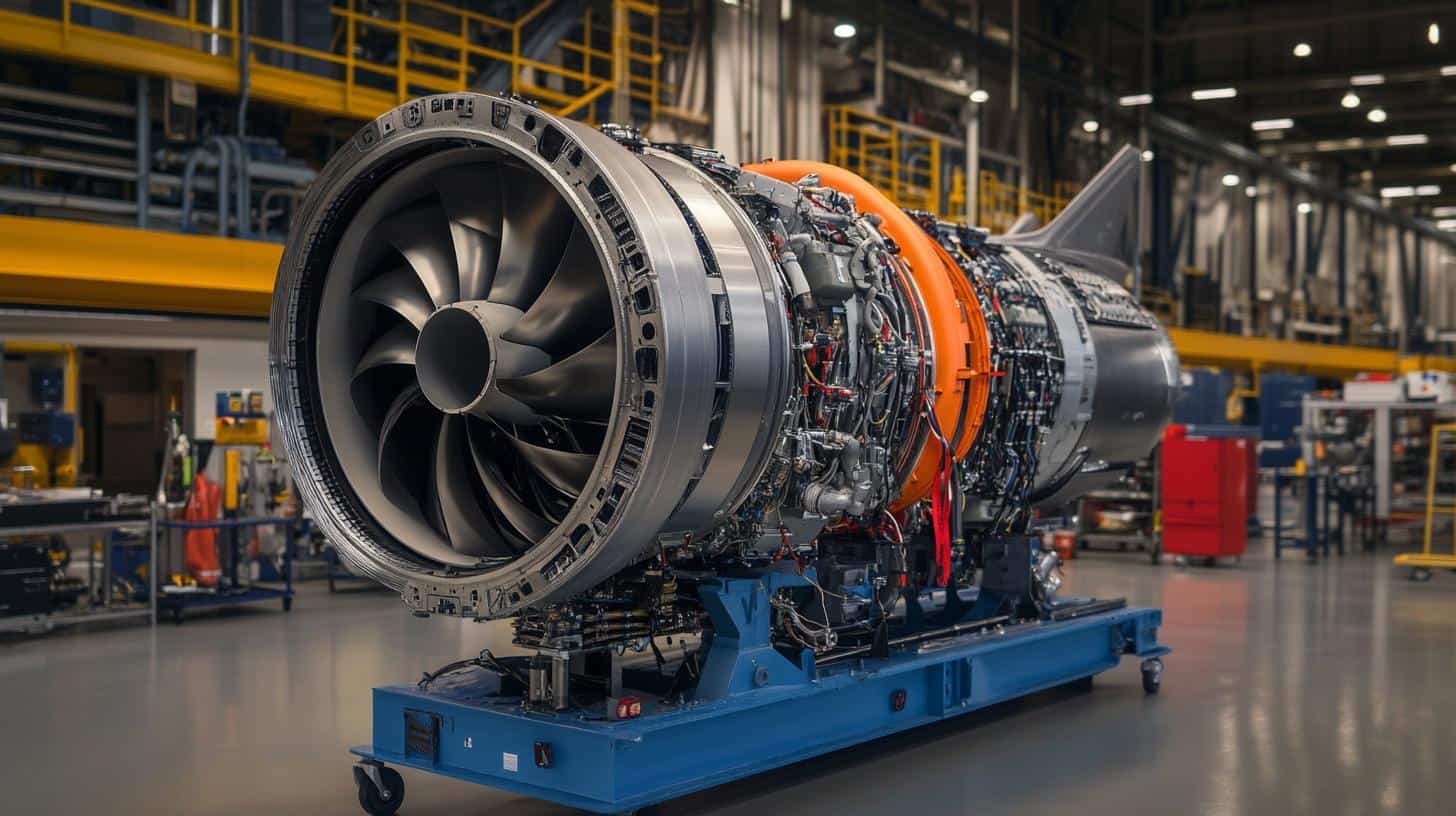As global tensions rise, particularly with China, the limitations of the U.S. Navy’s advanced F-35 Lightning II fighter jets have sparked renewed interest in its strategic implications. Although known for its stealth and advanced capabilities, the F-35C’s combat radius is raising eyebrows due to its potential impact on carrier safety in contested regions like the Pacific.
The Range Dilemma
Featuring a combat radius of approximately 600 nautical miles, the F-35C outpaces its predecessor, the F/A-18 Super Hornet, in air-to-air missions. Yet, its heavy reliance on aircraft carriers, coupled with its reduced payload capacity, presents a strategic conundrum. To efficiently conduct operations, carriers must venture closer to adversaries, risking exposure to sophisticated anti-access/area denial (A2/AD) systems, such as those deployed by China. For instance, Chinese missiles reportedly have a striking range of up to 2,200 nautical miles, a significant threat against U.S. carriers operating too close to hostile shores.
Game-Changing Solutions
In response, the U.S. Navy is actively advancing the F/A-XX program, aimed at developing a new aircraft with a longer range and better integration with unmanned systems. This program could revolutionize future carrier strike groups, enhancing their ability to operate safely from greater distances.
While the F-35 remains an exceptional fighter, its operational constraints necessitate innovative solutions. The F/A-XX represents a critical step toward reshaping naval aviation strategy and maintaining a strategic edge.
As geopolitical tensions persist, understanding and addressing these tactical challenges is crucial for safeguarding the future of naval operations in the Indo-Pacific theatre.
Unlocking the Future of Naval Warfare: The Hidden Solutions Beyond the F-35
The advent of advanced fighter jets like the F-35 Lightning II has brought unprecedented aerial capabilities, yet its limitations spark curiosity about the unseen ripple effects on global defense strategies. While the spotlight shines brightly on the F-35’s stealth features, a quieter revolution is underway — one that could redefine the battlefield of the future.
Unmanned Systems: The Silent Revolution
One of the intriguing solutions gaining traction is the integration of unmanned systems into naval operations. As the U.S. Navy seeks to distance its carriers safely from adversarial threats, unmanned aerial vehicles (UAVs) present outstanding prospects. These systems can act as force multipliers, extending the range and effectiveness of carrier-based operations without risking human lives.
Fact: Did You Know?
The MQ-25 Stingray, an autonomous unmanned refueling tanker, is designed to extend the operational reach of the carrier air wing. It can refuel the F-35 and other fighters in-flight, a critical capability that offsets the range limitations of manned aircraft.
Controversies and Challenges
However, integrating unmanned systems isn’t without controversy. As innovative as it sounds, the deployment of UAVs introduces challenges around cybersecurity, control protocols, and ethical questions — such as the extent of autonomy in lethal decision-making. Moreover, the financial implications of developing and maintaining these advanced systems invite significant debate.
Are Autonomous Drones the Future of Naval Warfare?
Given the swift advancements in AI and machine learning, unmanned systems are poised to play a pivotal role in future conflicts. But are we as a society ready to embrace such technology? The question remains whether autonomous drones could eventually replace manned fighters altogether, shifting the paradigm of naval engagement.
Global Dynamics and Community Impact
The ripple effects of these technological advancements extend beyond military operations. Communities and industries across the U.S. and allied nations stand to benefit from heightened investments in technology and manufacturing. The rise of high-tech defense contractors could spur economic growth and job creation while galvanizing educational institutions to align curriculums with future defense needs.
Moreover, on the geopolitical front, countries such as Japan and Australia are keen on bolstering regional security frameworks through cooperative defense strategies. Enhanced military collaborations may redefine alliances and diplomatic relations, influencing global power dynamics.
For further exploration into defense innovations and their global implications, consider visiting Defense.gov and Navy.mil.
As we navigate this technological metamorphosis, it is crucial to ponder how these strategies will shape the future of global security and international relationships. Are we ready for the next frontier of unmanned and autonomous military systems? The journey ahead promises both opportunity and challenge — it is a race not only against adversaries but against time itself to adapt in a rapidly changing world.
















